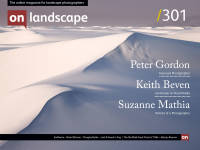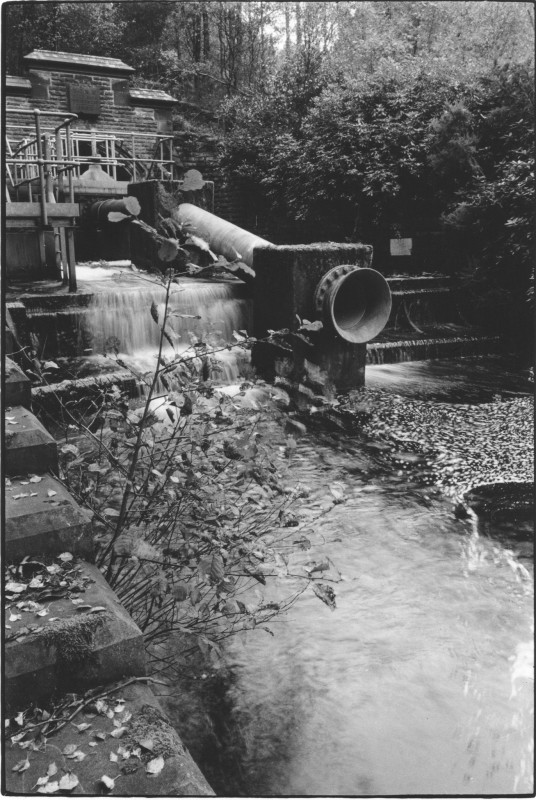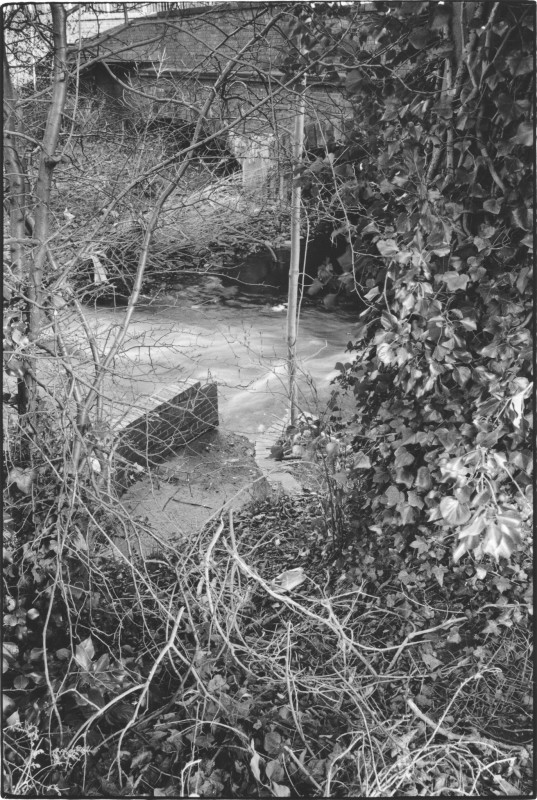Fearful Inundation

Martyn Pearson
Although now living in Lancashire, Martyn Pearson was born and spent most of his formative years in his beloved Sheffield. Upon leaving school in 1972, he studied graphic design at Granville College. It was here that he discovered photography. Eventually, Martyn became a commercial photographer and latterly went on to teach photography at South Trafford College and Blackpool College and then Blackburn College and Blackburn University Centre. In 2002 he graduated from De Montfort University with a MA in Photography. in 2018 he established the BA (Hons) Photography and Moving Image course. Now retired, he concentrates on making photographs purely for himself, documenting environmental concerns, with history and literature also an influence.
By the 19th Century, Sheffield’s rapid industrial expansion stimulated population growth, calling for a reliable water source to provide power for industry and to improve sanitation for residents, many of whom lived in squalid shared housing. Consequently, an ambitious programme of reservoir construction was undertaken. The Dale Dyke dam excavations began on 1st January 1859.
On the evening of 11th March 1864, during a violent storm, a crack was spotted in the embankment of the recently completed Dale Dyke dam. The resident engineer, John Gunson, was summoned to inspect the now widening fissure. Just before midnight, despite desperate efforts to relieve water pressure, the central section of the embankment collapsed, causing 700 million gallons of water to cascade down the narrow Loxley Valley towards the sleeping town of Sheffield. This three-story high cocktail of water, trees, boulders, masonry, machinery, and human and animal waste carried away people and livestock. The inundation obliterated homes, farms, and industry in its path. It fell upon the industrial heartland of Sheffield town where, at Ladies Bridge, crowds gathered to witness the horrific spectacle.
The flood surged towards Rotherham, swamping engineering works and drowning staff there. The swollen Don inundated the countryside depositing mangled corpses and wreckage along its path towards Doncaster. The final toll of human lives lost was between 240 to 300, with 27 individuals never recovered or claimed. In the aftermath of this fearful inundation, an untold number of people died through their injuries or disease.
Sheffield’s Rivers Today
Because it is at the confluence of five rivers, the Don, Sheaf, Rivelin, Loxley and Porter, Sheffield is susceptible to flooding. Since 1864, there have been nine major floods. However, the devastation has not been as extensive or as tragically complete as it was on the 11th and 12th of March 1864. Primarily this is due to improved engineering techniques
Because of sewage discharges, industrial chemical releases, and agricultural run-off, the river Don at Sheffield had, by 1900, become one of the most polluted rivers in Europe. Although there have been major steps to improve water quality since there are now worrying signs that our waterways are under threat. Combined Sewer Overflows (CSOs) are systems that should only allow sewage release in extreme emergencies, but the ‘Rivers Trust’ has compelling evidence that CSO’s are used routinely in Sheffield.
The state of the Don feeder rivers, the Porter, and the Sheaf mirrors that of other rivers in the UK – 86% are in a poor ecological state. In addition, climate change has caused more frequent storms throughout the UK. Greater urbanisation and flood plain developments exacerbate the situation further. For many years deforestation and the destruction of many peat lands has sped up water flow from the hills surrounding the city leading in turn to more flood dangers in the Sheffield basin.
Fearful Inundation - Exhibition Details
- Both exhibitions are on now. Admission is Free
- Exhibition 1 - Sheffield Central Library, Surrey Street, Sheffield, S1 1XZ. Running until April 27th
- Exhibition 2 - St. Nicholas Church, High Bradfield, Sheffield, S6 6LG. Running until 7th May






